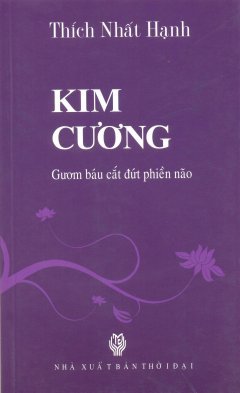What do you think?
Rate this book


165 pages, Paperback
Published December 1, 2016
Clouds are oceans; oceans are clouds. Clouds do not exist independently of oceans, and vice versa. ... In our thoughts, the moon may be full or new, bright or dim, present or not present, but the moon itself has none of those characteristics. The moon is just the moon. All objects of the mind are equal.